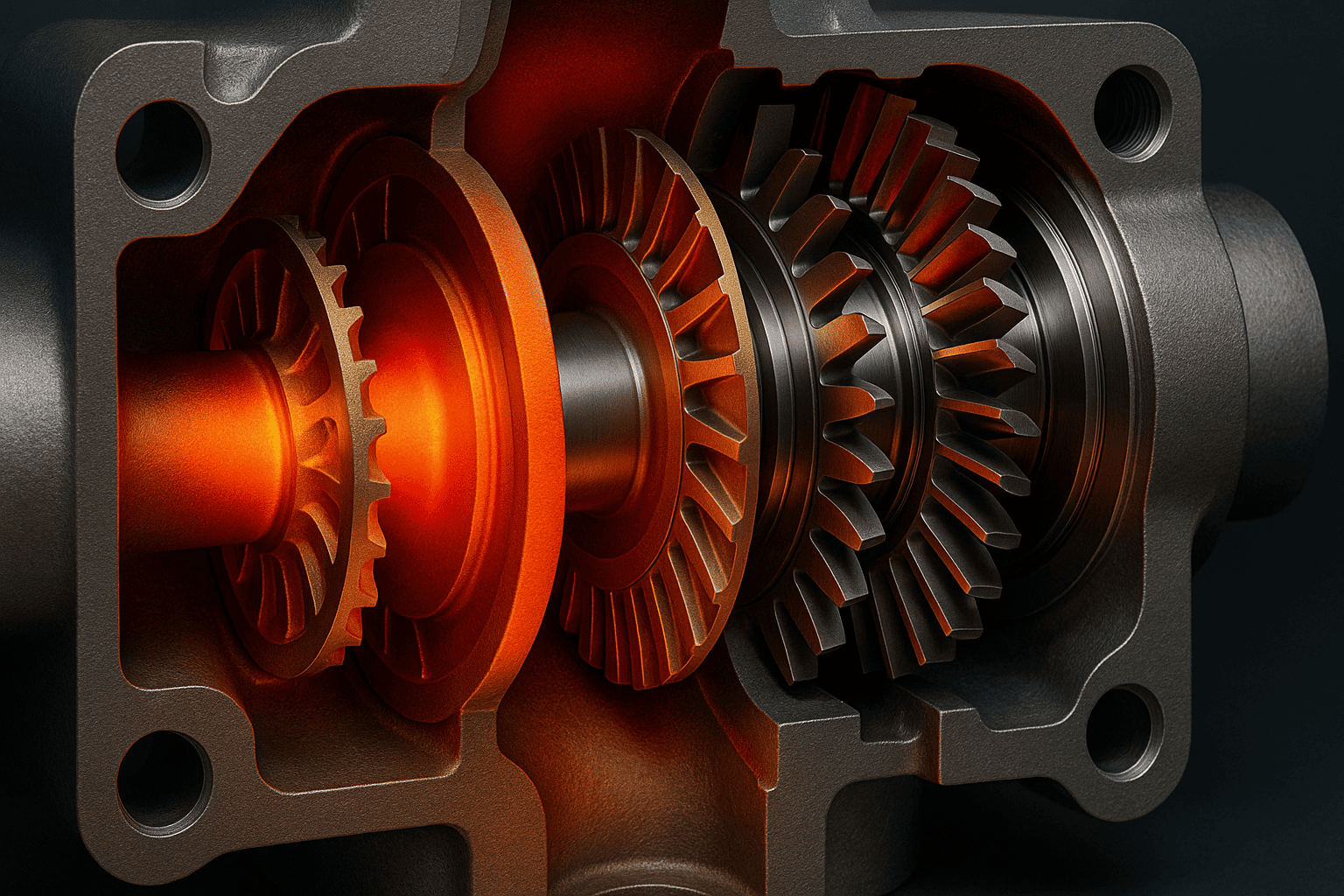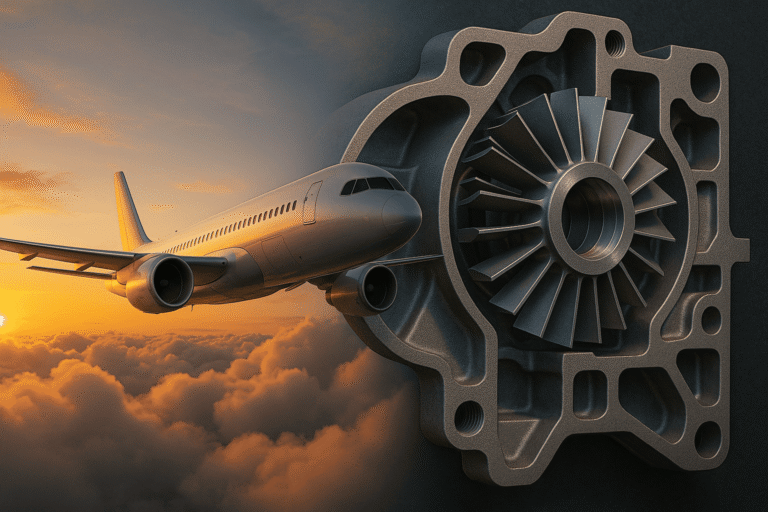Precision Casting for Power Generation Components: Engineering Reliability into Critical Energy Infrastructure
In the high-stakes world of power generation, where equipment failures can blackout entire cities, precision casting has become the manufacturing backbone of reliable energy infrastructure. From nuclear reactors to gas turbines, the technology delivers components that withstand extreme temperatures, pressures, and mechanical stresses while maintaining dimensional stability over decades of continuous operation.
The Unique Demands of Power Generation
Power plant components face operating conditions that push materials to their physical limits:
- Steam turbine blades endure centrifugal forces exceeding 25,000G
- Nuclear reactor internals withstand neutron flux while maintaining corrosion resistance
- Gas turbine combustors cycle between ambient and 1,500°C daily
Traditional fabrication methods struggle with these challenges. Welded assemblies develop stress cracks, forged parts lack geometric complexity, and machined components often sacrifice optimal material properties for manufacturability. Precision casting overcomes these limitations through three fundamental advantages:
- Material Integrity
- Single-crystal nickel superalloys for turbine blades eliminate grain boundary weaknesses
- Controlled solidification prevents microporosity in thick-section castings
- Heat treatment protocols tailored to each component’s stress profile
- Geometric Freedom
- Internal cooling channels that can’t be drilled (0.3-0.8mm diameter)
- Integrated mounting features reducing assembly stress points
- Aerodynamic profiles optimized through computational fluid dynamics
- Lifecycle Economics
- 60-80% longer service intervals than fabricated alternatives
- 30-50% reduction in maintenance downtime
- 15-25% efficiency gains from optimized geometries
Critical Applications Transforming Power Systems
Steam Turbine Components
- Nozzle diaphragms with precision-cast expansion joints preventing thermal fatigue
- HP/IP casings maintaining 0.05mm concentricity over 30-year lifespans
- Blade carriers incorporating integral moisture removal channels
Gas Turbine Systems
- Combustor liners with thermal barrier coating adhesion surfaces
- Transition ducts surviving 100,000+ thermal cycles
- Compressor diffusers improving stage efficiency by 3-5%
Nuclear Power Infrastructure
- Reactor coolant pump impellers resisting cavitation at 2,200 rpm
- Steam generator divider plates maintaining integrity under PWR conditions
- Waste handling components with guaranteed leak-tightness
The Technology Behind the Reliability
Advanced Alloy Development
Our metallurgists have pioneered:
- INCONEL® 740H for 700°C ultra-supercritical steam service
- Cobalt-free hardfacing alternatives meeting nuclear regulations
- Oxide dispersion strengthened (ODS) steels for Gen IV reactors
Digital Manufacturing Process
- 3D sand printing creates cores with 0.1mm feature resolution
- Real-time X-ray monitoring detects inclusions ≥0.3mm
- AI-powered process control adjusts parameters dynamically
Performance Validation
- Rotating rig tests simulating 100,000 operating hours
- Charpy impact testing from -196°C to 540°C
- ASME Section III nuclear quality assurance protocols
Case Study: Advanced Ultra-Supercritical Steam Turbine
Challenge:
A 1,100MW coal plant needed blades surviving 650°C/30MPa steam conditions
Solution:
- Single-cast nozzle blocks in INCONEL® 617
- Directionally solidified blades with internal cooling channels
- Computational thermodynamics optimizing steam paths
Results:
✔ 12% efficiency gain over conventional designs
✔ 8-year inspection intervals (vs standard 4 years)
✔ 0.003% leakage rate across valve seats
The Future of Power Generation Castings
Emerging innovations include:
- Self-healing coatings automatically repairing surface cracks
- Embedded fiber optics monitoring component health in real-time
- Additive hybrid manufacturing combining casting with DED repair







